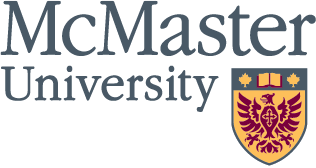February 14, 2002
posted on Feb. 14: The Olympics: Championing McMaster
Read More
 Share
Share
SHARE WITH YOUR FRIENDS
Pick one or more destinations:
0
0
0
×
February 14, 2002
posted on Feb. 14: Books of condolence available for signing
Read More
 Share
Share
SHARE WITH YOUR FRIENDS
Pick one or more destinations:
0
0
0
×
February 13, 2002
posted on Feb. 13: Ottawa launches innovation strategy discussion
Read More
 Share
Share
SHARE WITH YOUR FRIENDS
Pick one or more destinations:
0
0
0
×
February 11, 2002
posted on Feb. 11: McMaster mourns loss of senior administrator
Read More
 Share
Share
SHARE WITH YOUR FRIENDS
Pick one or more destinations:
0
0
0
×
February 10, 2002
posted on Feb. 20: A tribute to Mary Keyes from Student Affairs
Read More
 Share
Share
SHARE WITH YOUR FRIENDS
Pick one or more destinations:
0
0
0
×

